Following a Train of Thought.
I became fascinated by the archeological find this image came from, and felt moved to create an entirely new artwork based on it. The Tomb The Tomb of the Diver was built about 470 BCE, in what is now southern Italy. It was at that time a Greek colony, situated very close to the land of the Etruscans. (Fun fact: “Tuscany” derives from the word “Etruscan”) Influence from the Etruscans. During that era, the Etruscans had a marvelous funerary tradition that entailed building large, gorgeous, semi-submerged tombs. They were like little underground houses, large enough to move around in, with pitched ceilings, and limestone walls. Along with statuary and other votive offerings, they painted amazing frescos on the ceilings and walls. Greek Tomb in an Etruscan Land The Tomb of the Diver is definitely not an Etruscan tomb. For one thing, it is small, about the size of a coffin. But the influence of the Etruscans is undeniable. In this tomb, la dolce vita is the scene of a Greek symposium. The tomb is made up of limestone slabs, consisting of four walls and a lid. The four sides depict an idyllic world of beautiful men, laid out on their fancy couches, drinking, talking, flirting, playing music and reciting poetry. The only female present is a small slave girl, playing an aulos, or a double flute. But the cover of the tomb, the lid, is a different atmosphere altogether. A solitary young man, his beard just beginning to grow, is diving from a platform into sea-green waves of water. The contrast between the sides and the lid of the tomb is enthralling to me. The sides are a pageant of activity. The atmosphere in the lid is utterly still. There has been much speculation about what this dive symbolizes. Like Mona Lisa’s smile, it’s a beautiful, enigmatic image that compels one to ponder. The Element of Sound For me, the element of sound is part of the effect. You can almost hear the party going on. Along with the girl sounding the aulos, the men are talking and singing. One plays another aulos, and two have chelyes, or tortoiseshell lyres (more on this below.) But then, on the lid, in the center of the action, if you will, there is complete silence. Those of us who have ever had the experience of jumping off a cliff into a body of water, know that the span of time between when your feet leave the rock and when they finally hit the water is an eternity - and silence reigns. The Grave Goods There is no floor in the tomb, but the body was laid directly on the earth. Because of this, the deterioration of the body was nearly complete, with only a few bits of bone remaining.
Again, the element of sound is pronounced. The Diver There is something especially sad when somebody young dies, and from what I understand, in ancient Greece it was considered particularly tragic. Moreover, physical beauty was considered sacred in ancient Greece.
An Amalgam of Elements In my piece, I’ve attempted to synthesize different aspects of the tomb in space and time.
On small, separate panels, I painted the symposium scenes from the four sides of the tomb, and adhered them to the top and bottom areas of the panel. Borrowed Imagery
Then, in delicate, transparent black and white, it spans the upper area, co-mingling with the upper symposium scenes. A Little Help From My Friends At first, I tried to keep the basic composition of the original tomb lid. But after layering all these other elements onto the panel, the figure of the diver had become puny and odd-looking. The different elements of the piece were isolated from one another, with no sense of harmony. Most of all, it didn’t give me the feeling I wanted. With a little help from my friends (thanks Kelly, Beth, Elana, Lisa, and Karen!) I realized I was too enmeshed with the original imagery, and had to break free. This is when the Diver arose to the foreground. Using bold, loose mark-making with charcoal, I sketched out his body. I also felt the urge to use dry pigment, applied with my fingers. I used molding paste (acrylic medium mixed with marble dust) to white out the unwanted elements, which left sketch marks and increased dynamism. He is the central element that ties all the pieces together. He is like a specter, hovering over the tableau. When I look at it, my eye travels over the piece in a figure 8 motion. A figure 8 tipped on its side is the symbol of eternity. The very last thing I included is an image transfer of an actual passage from my journal, inspired by my feelings about this piece. It reads: La Dolce Vita The more I explore my fascination with archeology, and produce artwork about it, the more I realize that ultimately this art is about death. Not just because so many finds are tombs, burial mounds, and human remains, but because it is essentially about the passage of time. Time slipping away, and how we, in the present ponder what remains. The wonder of The Tomb of the Diver is its uniqueness, its artistry. Someone* decided to interposed these two contrasting scenes to such great effect. The boisterous party, and the silent dive into the unknown, watery depths, reminds us to engage fully with life, la dolce vita. Beautiful Video of The Tomb of the Diver For a beautiful video about The Tomb of the Diver, click on this link. At 15 minutes long, it is a very worthy use of your time! Symposium "Stock Images" * Actually, it has been determined the Tomb was painted by two individuals, one more skilled than the other. And fascinatingly, the figures are “stock images” that have been found in almost exact replica on various pieces of pottery, scattered all around the Greek territories. Nevertheless, it took an individual artist to decide how to combine these figures to create this rich narrative. You can read about The Tomb of the Diver in more depth by clicking here.
2 Comments
Bridget Benton
8/29/2023 02:49:10 pm
Wow . . . I love how much you shared about your process! I understand and appreciate the image so much more now.
Reply
Leslie
8/29/2023 04:53:08 pm
Awwww, thanks!
Reply
Leave a Reply. |
Take a Closer Look.
Here is an intimate, in depth glimpse into my thoughts, inspiration and artistic process. Categories
All
Not seeing what you're looking for? My previous blog on blogspot can be found HERE.
|
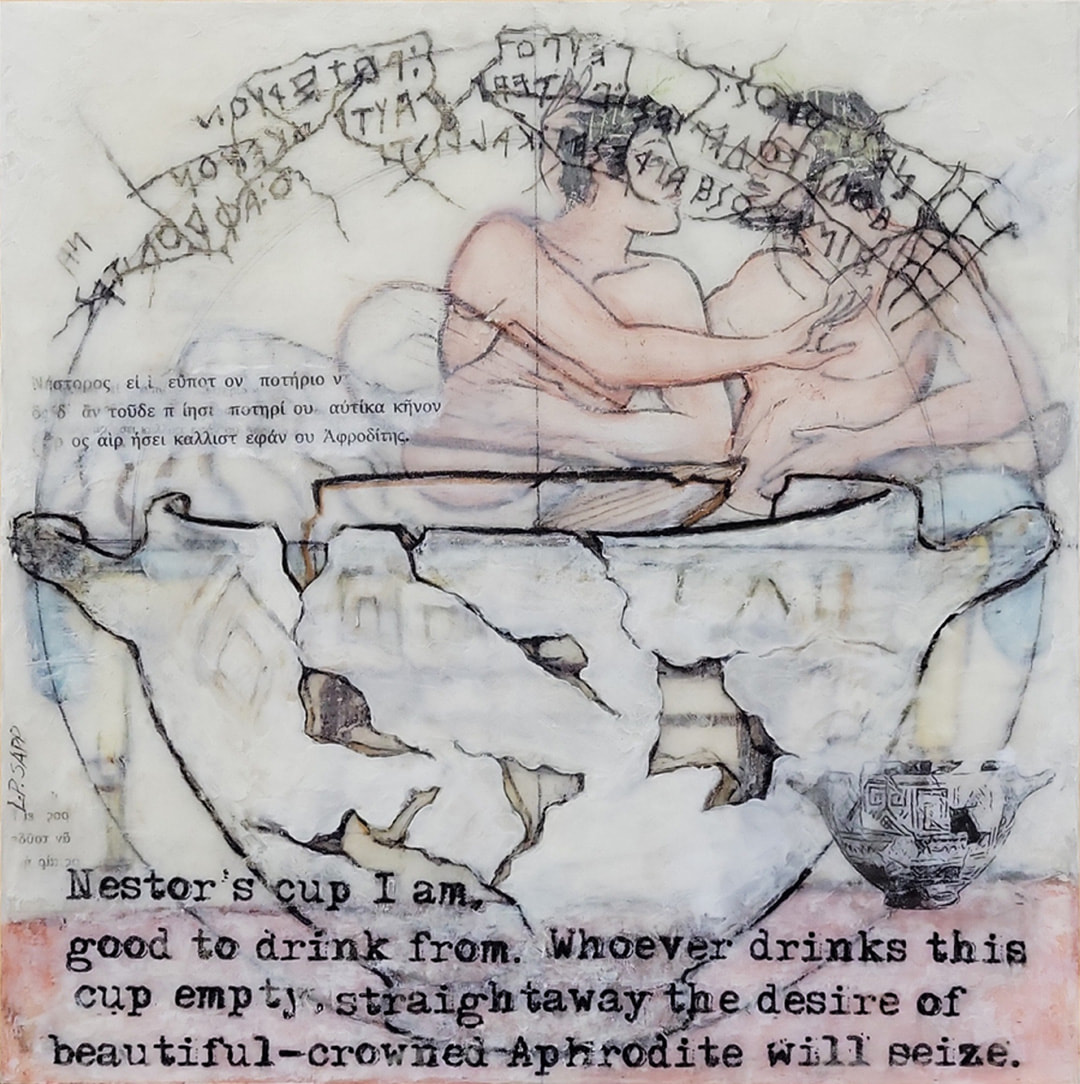
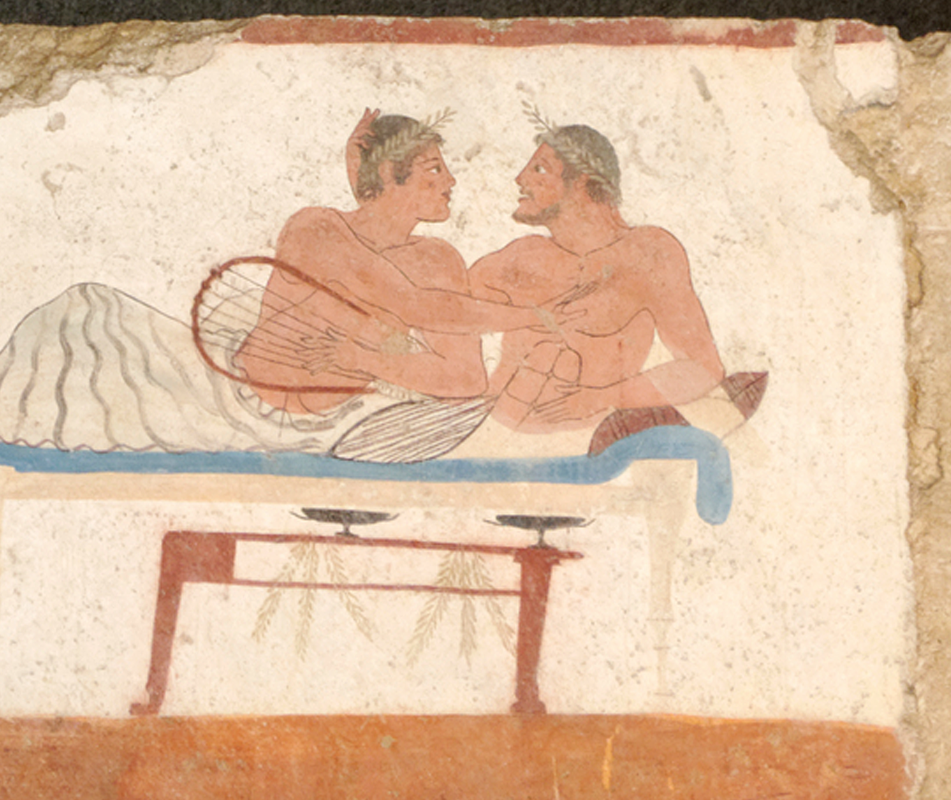
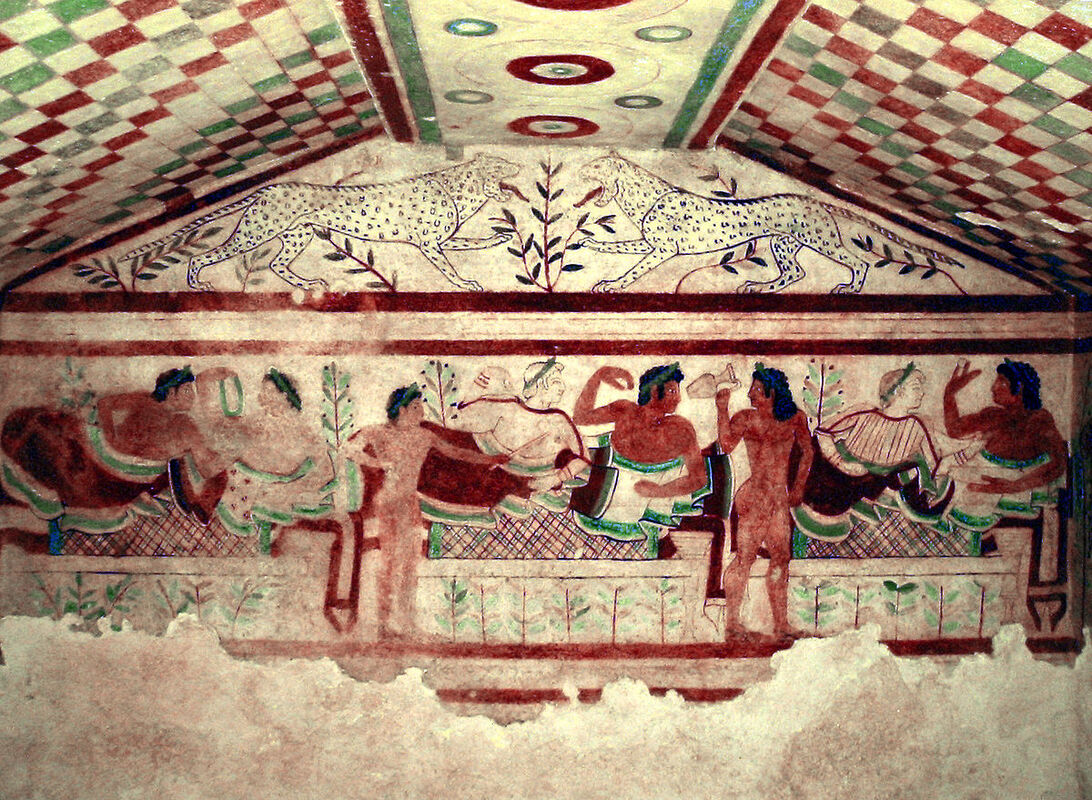
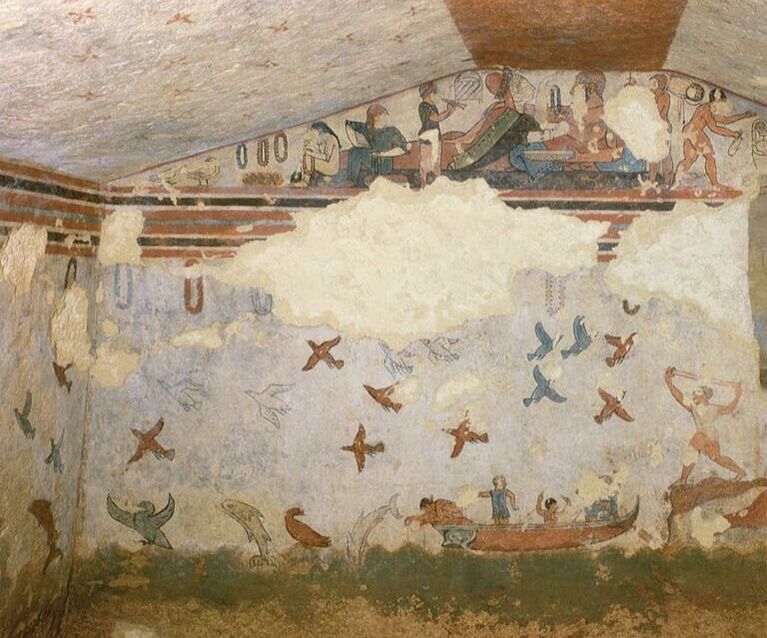

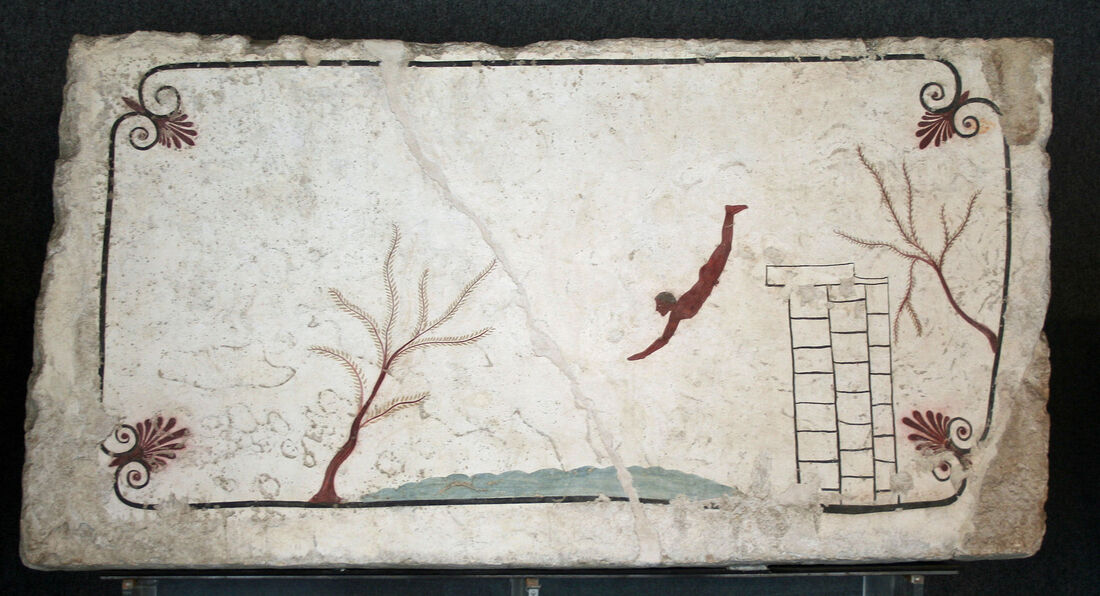
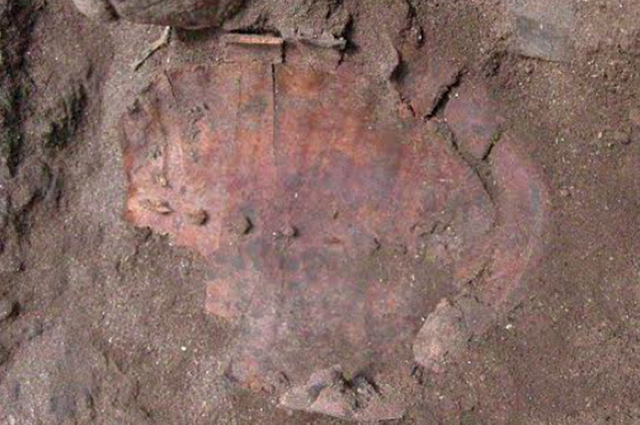

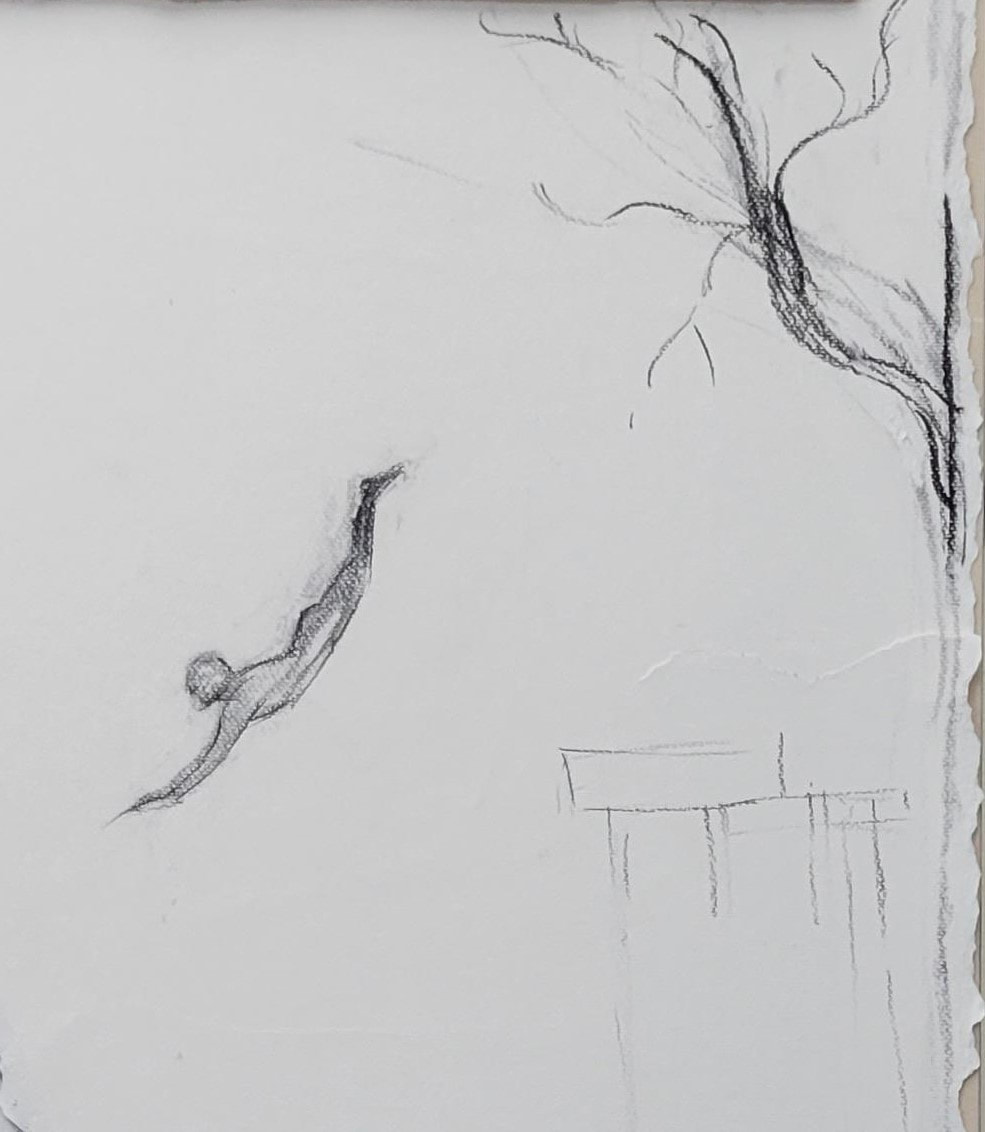
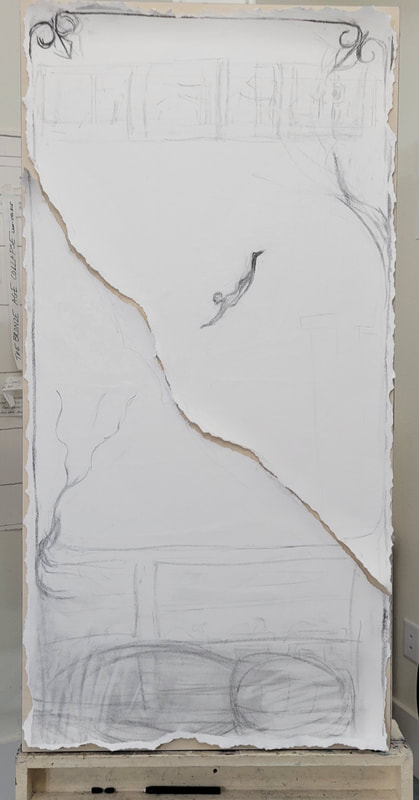
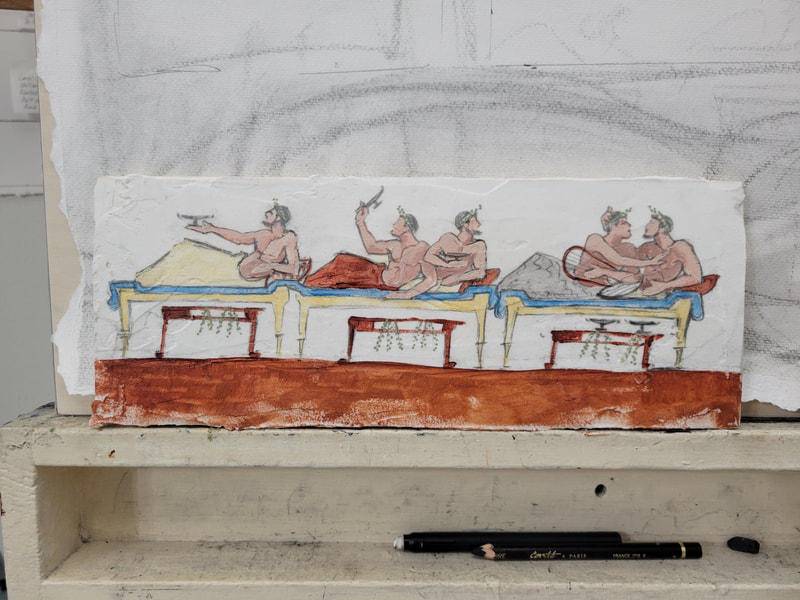
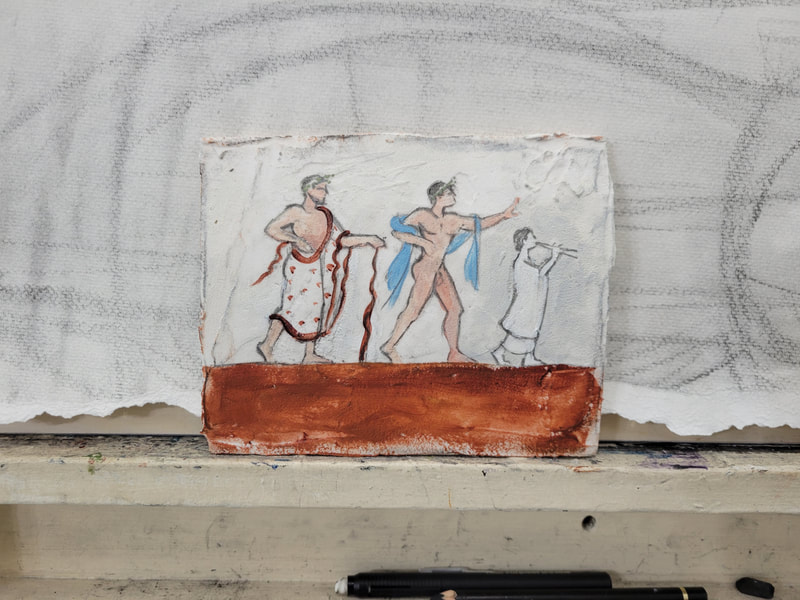
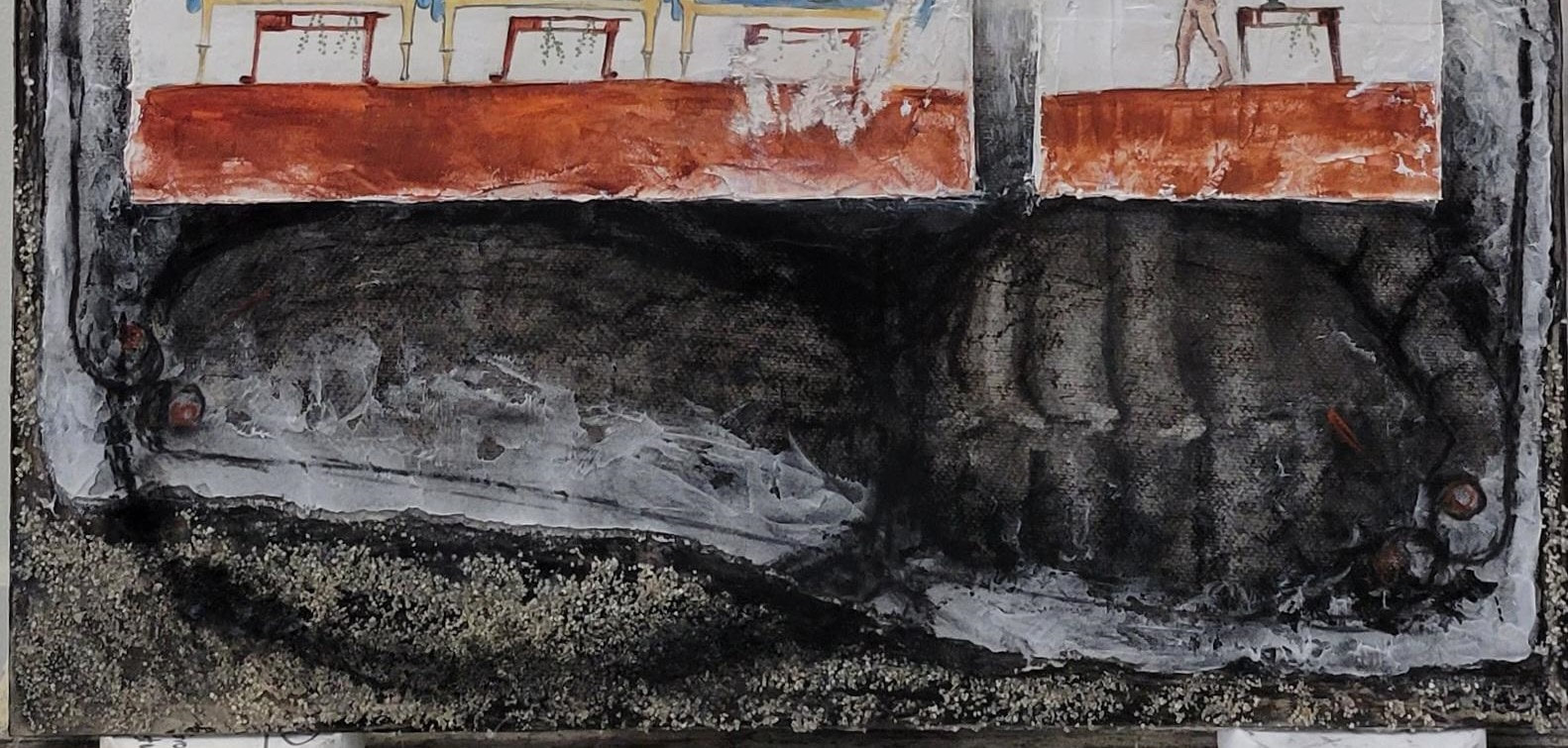

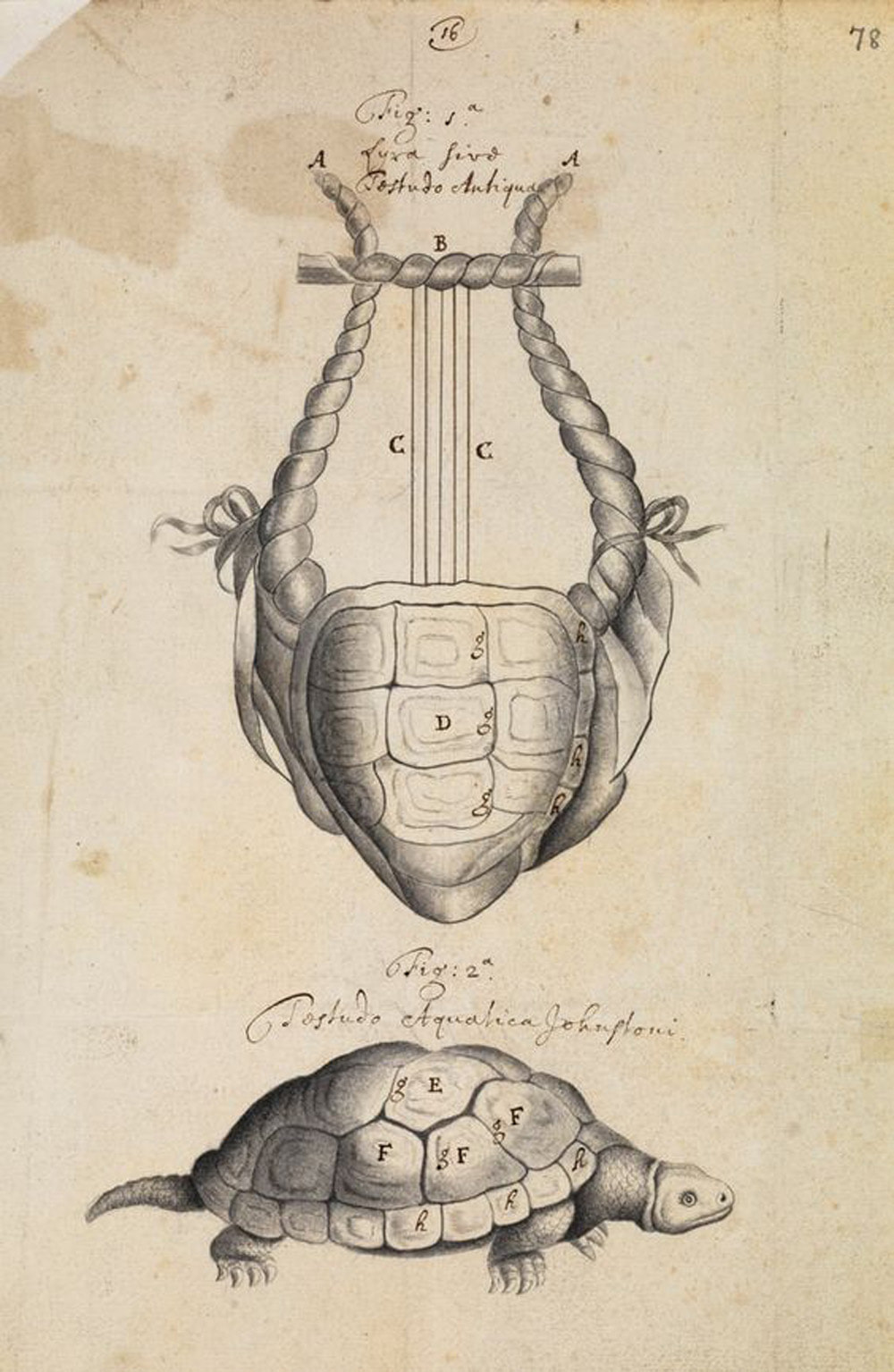
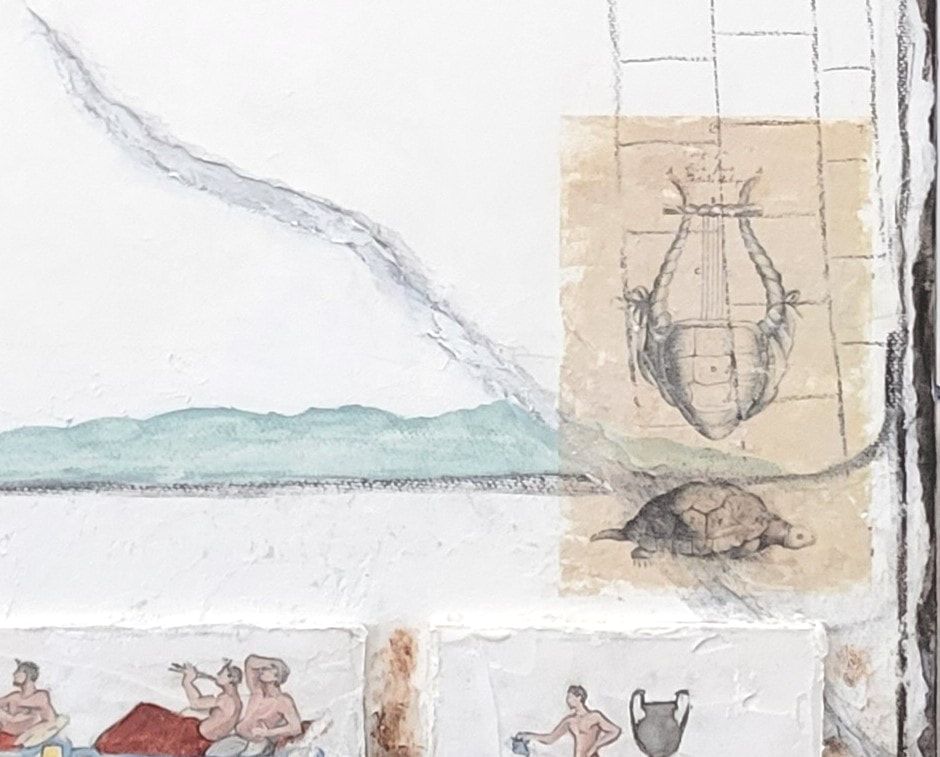
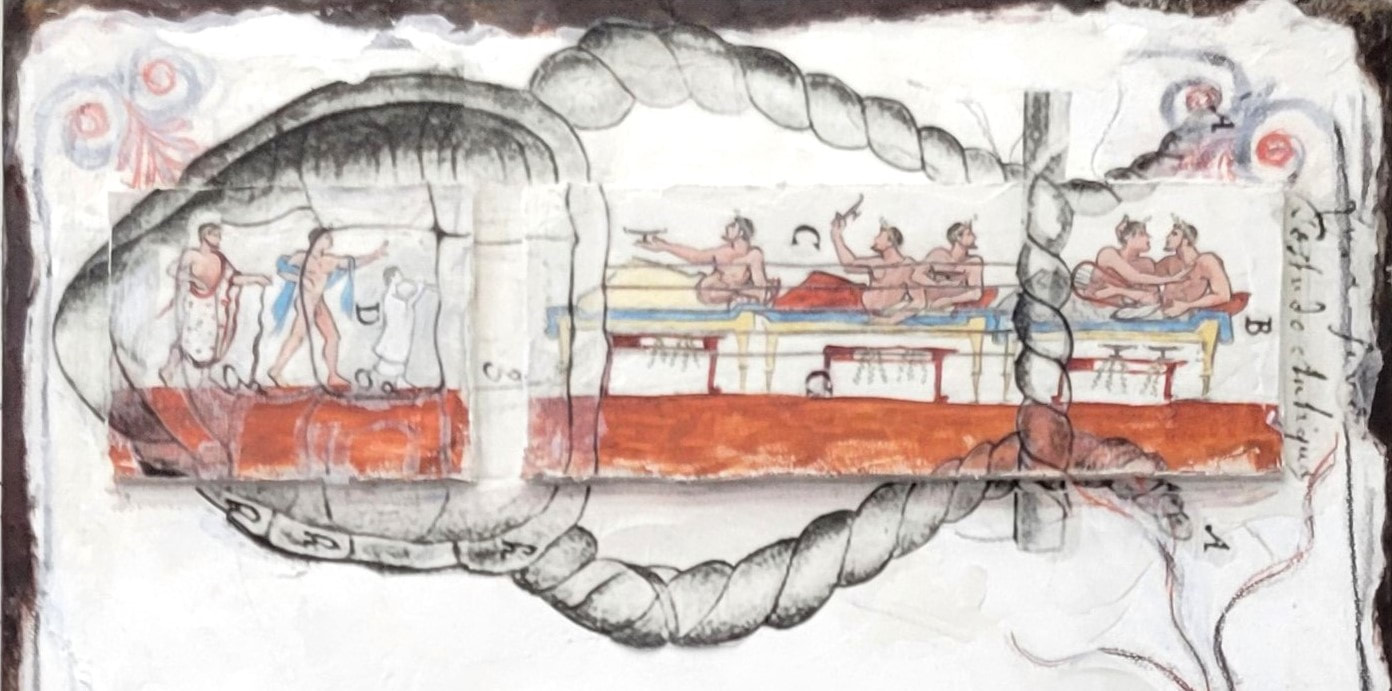
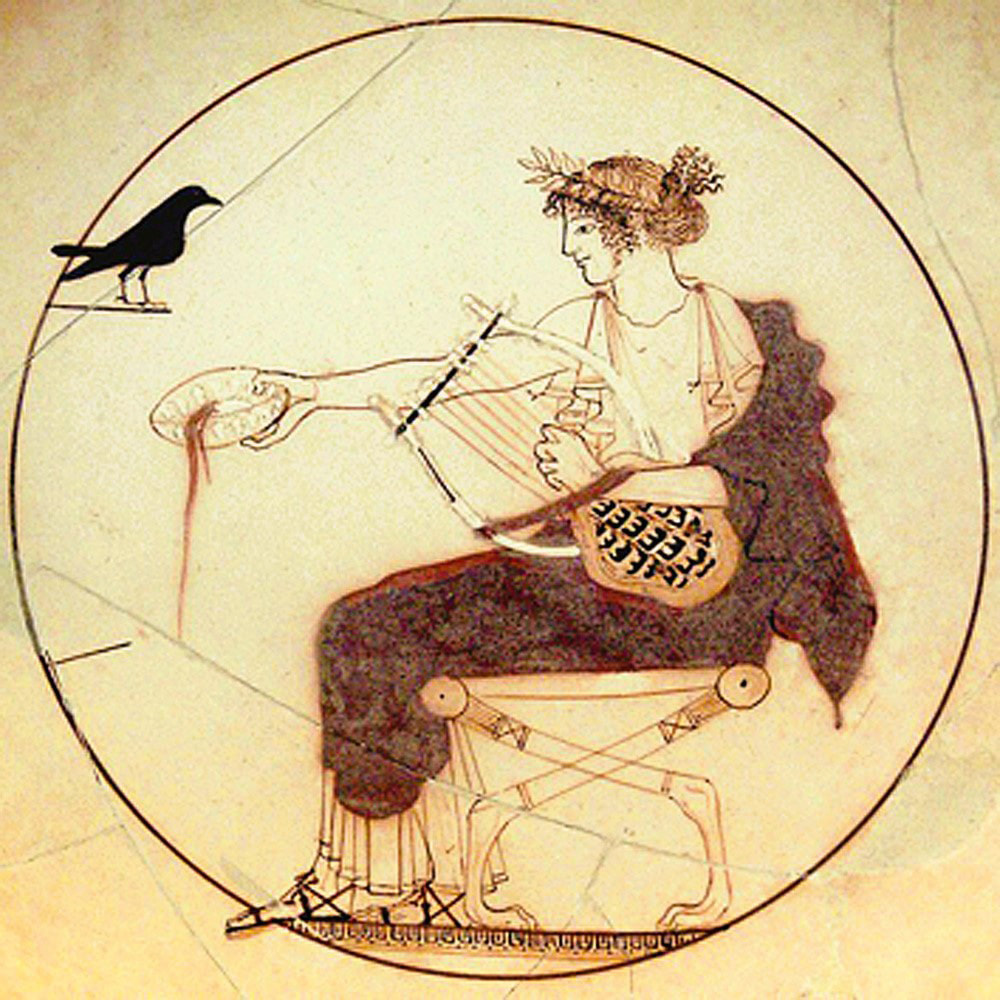
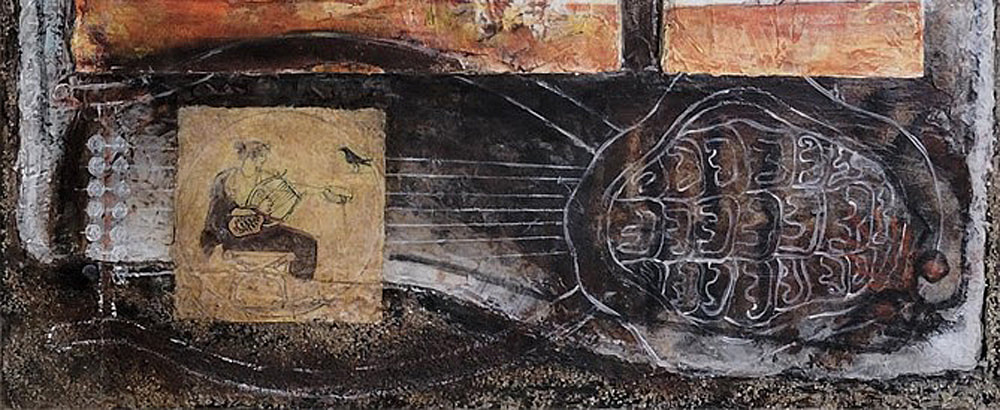
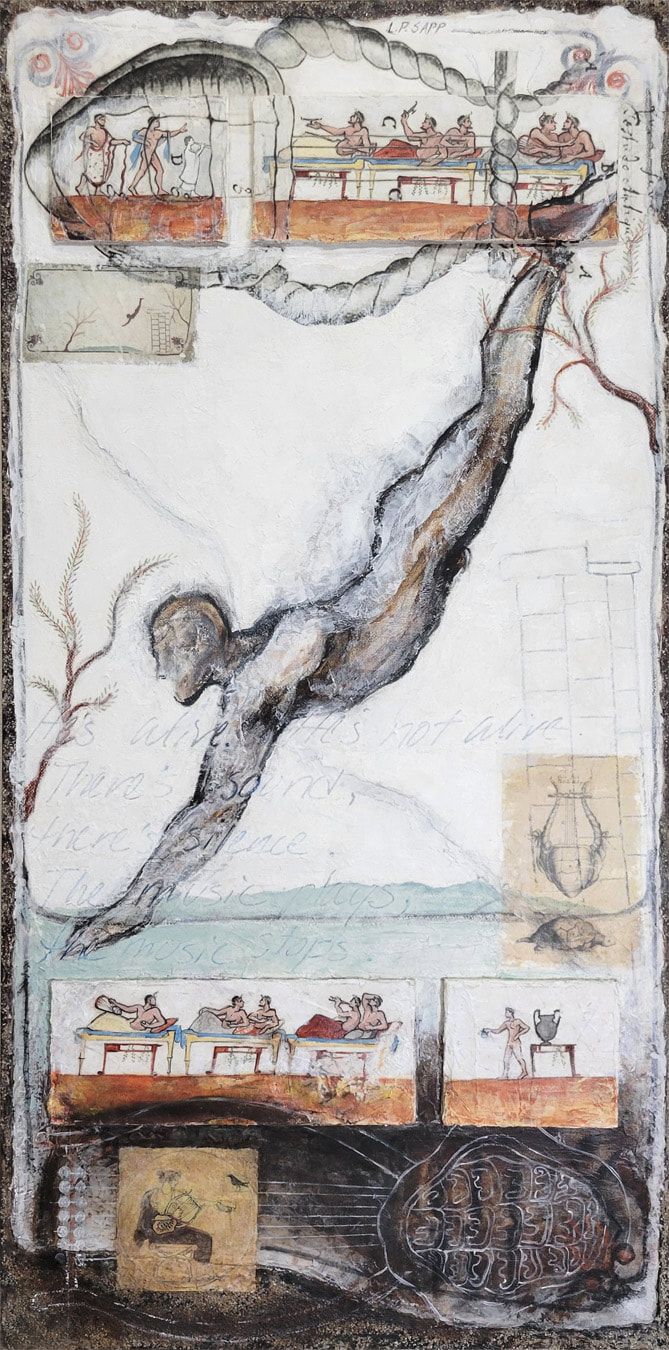

 RSS Feed
RSS Feed